Some things just get better with age
Older things made of simpler elements have charisma.
Chrome, rubber, steel and glass, basics of so many classic motorcycles of decades past, carry stories with them in their porous surfaces, either building shine or dulling patina as the pages of the calendar flip. Those of us in love with old metal find solace in bikes built with steel and chrome instead of plastic and carbon fiber.
These thoughts reverberated in my head over the weeks spent bringing a pair of late 1960’s vintage Honda Trail 90s back to life after their quarter century slumber. Peeling back their rusty skins to get down to business meant reassuring metal to metal contact as my screwdrivers and sockets went to work on leaky transmission covers, old carburetors and pitted chrome wheels. Time had married some fasteners to their sticking place but squirts of lubricant, a touch of heat and the right amount of persuasion were always met with a pleasant click as they came free.
Old bikes don’t die, they just sleep for awhile.
Starting them for the first time was visceral. Horrible gas fumes permeated the air. Nauseating cold white smoke filled the garage. Idling raggedly with coughs and sputters, one bike vibrated so badly that it began to pivot clockwise around its center stand on the concrete floor. Only old bikes do this.
I loved it. I patted the seat, telling the tiny bike, “Well done, old girl. Well done. Welcome back. Let’s go for a ride. No helmet needed. No shirt. No shoes. And I’m taking a screwdriver.”
Last year I had a misfire in my 1966 Ford Mustang convertible. The engine would cut out, then reignite the built up gas fumes sending horrible black explosions back through the carburetor. So I dug in.
A pair of old friends.
Once again, ancient greasy bolts met my vintage tools as carburetor, plugs, electrics and coil were pulled off the stock 289 cubic inch V8. Carb rebuild took about two burritos to complete as I replaced brass needles, seats, floats and swapped old cracked rubber gaskets with happily compliant new ones. Rebuilt carb, new coil, plugs and wires were all replaced as I reeked of the garage cologne mix of grease, gasoline, carb cleaner, WD-40 and salsa.
Firing up the V8 and putting a strobe timing light on the crank as I set the timing was like playing an instrument: one hand turned the distributor, the other held the timing light and one ear listened to the exhaust note until the ancient V8 finally hit a perfectly lazy idle. I was so delighted when I closed the hood that I rubbed the shiny red finish and talked in hushed tones to my Mustang- “Good girl. All better now. Sorry I let you suffer for so long.”
An old car and the ancient heavenly northern lights. Everything is good about this.
These sensory elements are how an old machine talks to you, communicating how it is running, how it is feeling, what it needs. I can smell that old V8 now and tell if it is running right, feel the vibration through the metal steering wheel and tell if it is idling correctly. If not, it’s time to grab my tools, some carb cleaner and throw two burritos in the microwave.
Old guitars are the same way. Martin Guitars has been making them by hand in America for almost 200 years, and as much as I love my newer Martin HD28, I had the opportunity the other day to play a massive collection of vintage Martins from pre-war stock to modern classics, the highlight being a pair of post-WWII era D18s, one a 1946 the other a 1947. My son was with me so we took hold of these old twins and played them together in an impromptu jam session. Tops from these 80 year old relics had aged to a honey colored hue, the thin mahogany back vibrated against my chest and after enough playing, smells came out though the sound holes from both guitars of antique spruce and mahogany to accompany the punch of the bass and ringing highs. Every sense from hearing, touch, smell and sight was brought to life.
Ancient guitars in a brick shop with leather furniture. My kind of candy store.
So I stopped playing and hugged the guitar. I couldn’t help it. No one watching thought it was weird. They understood. I loved that ancient guitar. And it was loving me. Nothing new can compare to something that old.
Which bikes of today will become classics fifty years from now? Hard to tell. Plastic and carbon fiber carry not the character of chrome, steel and rubber. Carburetors are for grey haired folk, and my ancient set of tools is replaced by OBDII scanners. Electric vehicles scoff at my lumbering Mustang as it spits out enough carbon emissions to cancel out their green.
Modern technology does have its place. I have fuel injected cars, even one bike with an ECU, I own an iPhone and I am using my Mac laptop as I write this, not pencil and paper.
However, I drove my Mustang to my favorite coffee shop to write this. And when I get home, I will thumb the choke lever on my “unicorn” 1993 VFR750. Then back in the house I will play my 2020 Martin HD28, but will dream about those old D18s.
Bike from the 90’s, vending machine from the 70’s. The Unicorn has acres of plastic, but has carburetors. And it smells amazing.
Old things are just easier to love.
Ted
*What old things in your life do you treasure? Share it/them in the comments below!




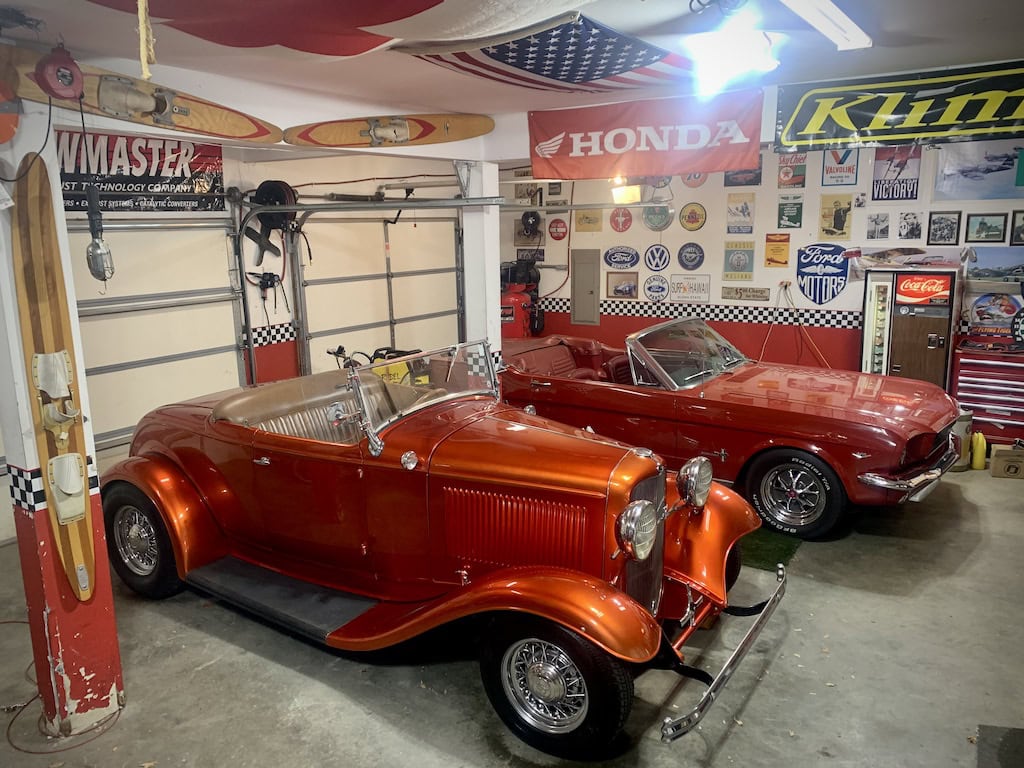
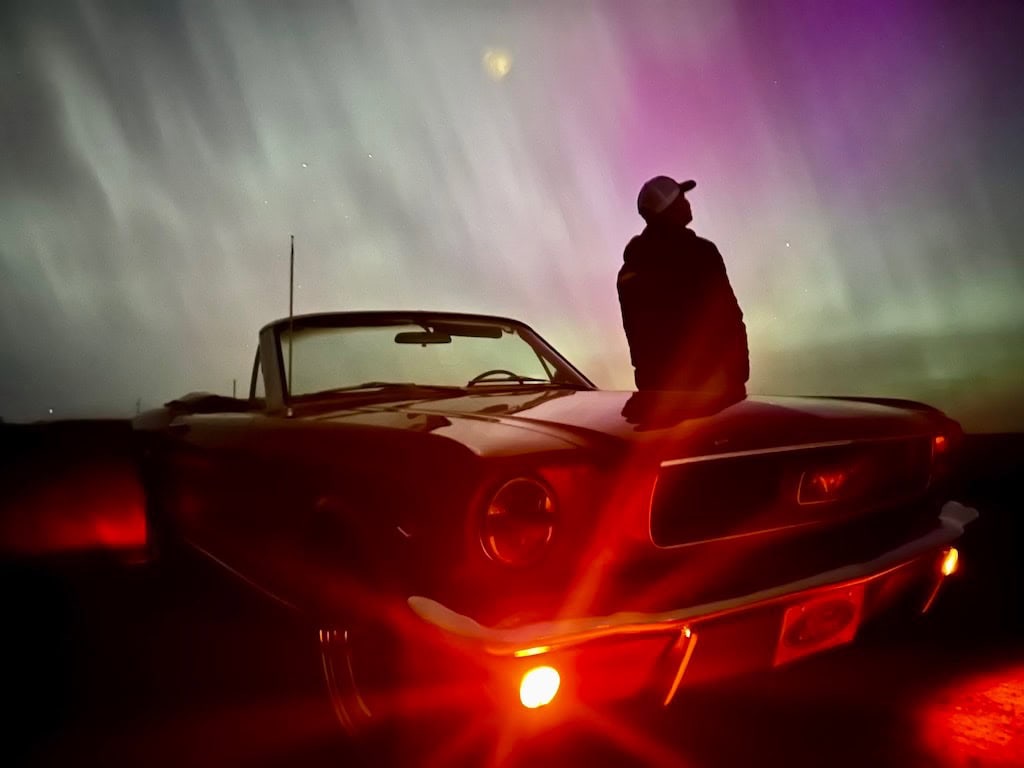
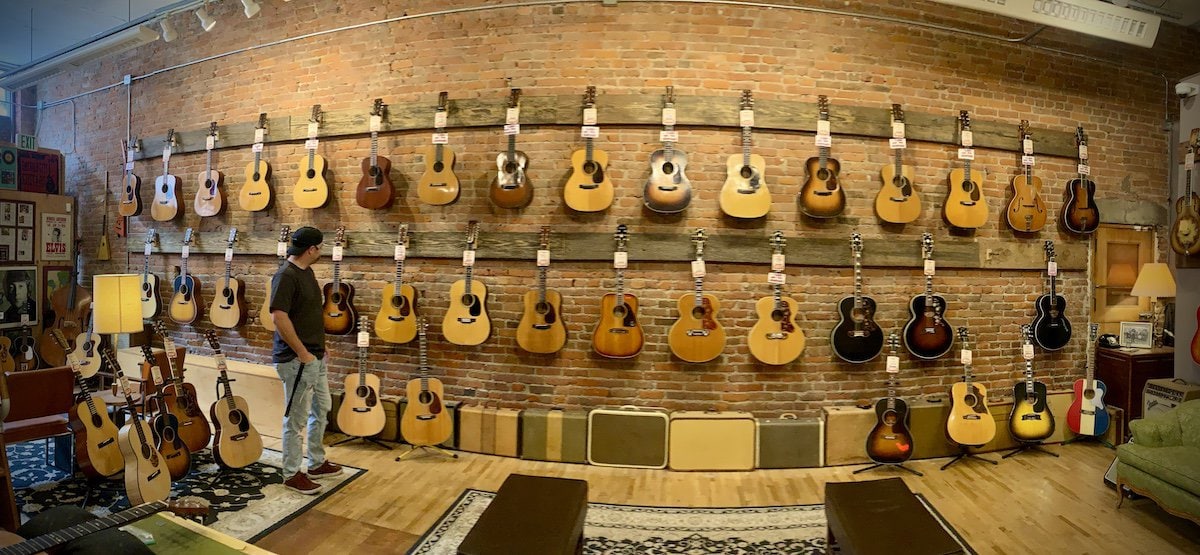
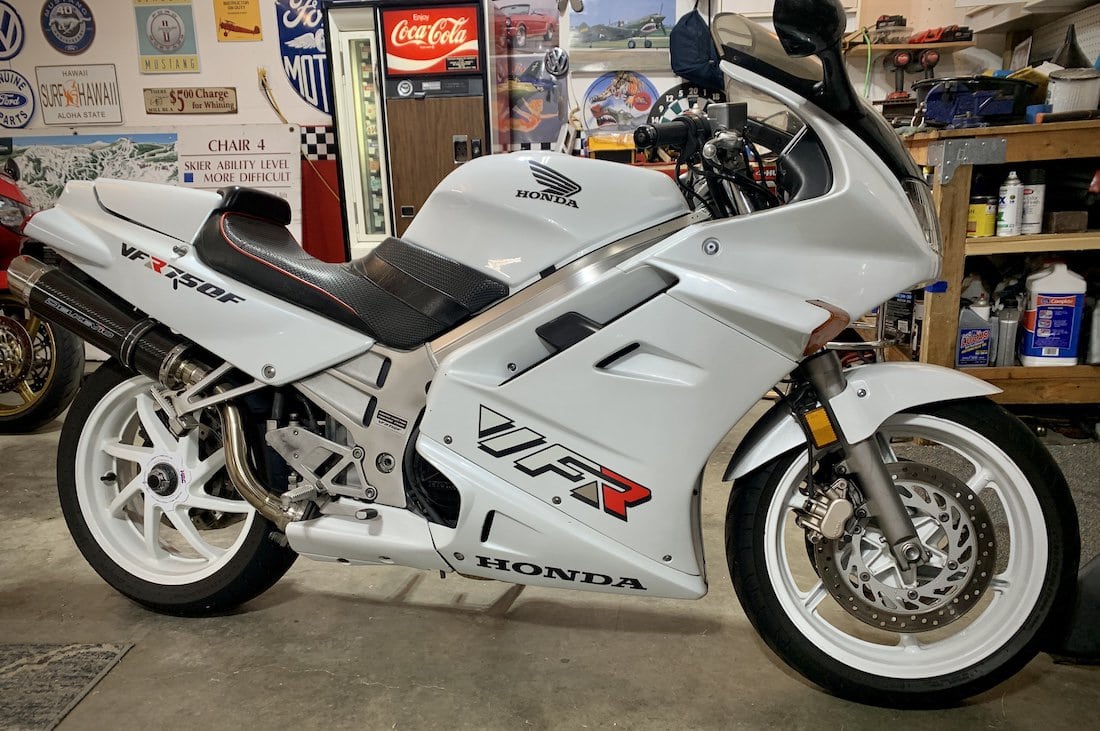










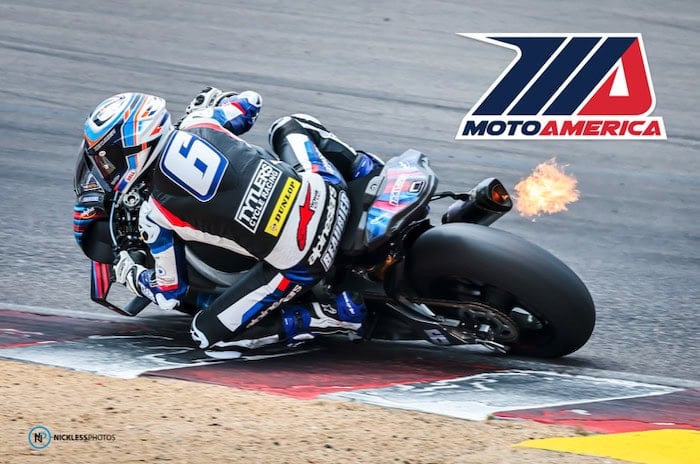





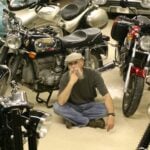
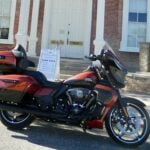


Well done Mr. Edwards well done!